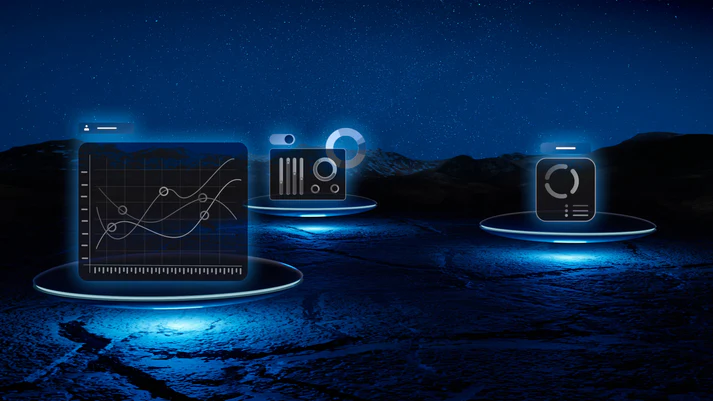Application modernization has been an evident asset in most IT corporates and businesses. It refers to updating older software for newer computing approaches, including newer languages and frameworks, and updating software libraries and infrastructure platforms.
This practice is also called “legacy modernization,” “legacy application modernization,” or “software modernization.” The need for application modernization is the rising competition amongst companies, and the leading cause for that is our root dependency on technology.
In this article, we will discuss the top 5 mistakes to avoid in modernizing applications so that no time or money you invest is wasted.
1. Lack of Clarity of the Outcomes
Many organizations today are modernizing their applications to enhance their IT capabilities. This makes many businesses with no plan or need to think they would also go for application modernization. However, this is not a valid reason to do so. When companies modernize without proper planning or clarity about what they want to accomplish through modernization, it leads to many problems.
Application modernization is a process that can be successful only when the organization is equipped with the necessary skills and is committed enough throughout the process. This is not possible when there’s no specific goal to achieve. Hence, it’s important to have realistic goals before you set out to modernize your application. Only then will it be worth your time and investment.
2) Thinking legacy application modernization is a one-time event
As mentioned in the previous point, modernizing a legacy application is a long-term process and requires regular maintenance. Many companies, however, assume their job is done once they have modernized their applications. Well, that’s not how it works.
While deciding to modernize, you must consider the investment you’ll have to make for years in IT and developers. This is because businesses keep evolving, and thus business requirements keep changing. , Legacy systems must constantly be worked on to meet the changing expectations. This is called “legacy maintenance” – enhancing legacy applications over time as necessary rather than upgrading them completely every few years.
3) Failure to adjust to technological changes and user expectations
Since modernizing your application is not a one-time event, having a long-term vision is crucial. If you don’t plan well enough to make the required changes in the future, you’ll be in deep trouble. Most companies fail to make this plan, so they either have to invest more than expected or rewrite the applications from scratch when it needs new features. So, make sure your technology and budget are created considering the future and the present.
4) Trying to modernize too many parts of your system at once
Trying to modernize all the parts at once is a huge mistake many companies make. Modernizing your applications achieves more efficiency and increases the organization’s productivity. However, doing everything at once defeats the purpose, and you may not see the results by modernizing at once.
Hence, it’s best to keep the old legacy system running and run the new system simultaneously until the old one is fully debugged, improved, and stable. This is called the Strangler Pattern Approach. The core idea behind this pattern is that you should gradually move functionality from one part of your application to another. You can iterate on features in parallel rather than waiting for all of them to be implemented before moving forward.
5) Focusing Only on Tools And Technology
Sure, tools determine to a great extent how successful or unsuccessful the digital transformation process will be. But it’s not the only thing you need to focus on. Apart from the tools or technology, teamwork is a major factor that decides whether your applications will be modernized smoothly or not. If the culture, leadership, and mindset of all the people in an organization aren’t set right to match the upgradation, then all your transformation efforts will go in vain.
So, companies must work on finding ways to scale DevOps adoption and emphasize culture change when going for application modernization. Efforts should be made to adopt continuous feedback loops, optimize end-to-end flow, move from silos to collaboration, automate, and empower teams.
Looking for an expert who can help modernize your applications? Rapyder is here to help you find the best ways to modernize your business applications keeping in mind all critical factors of business.




